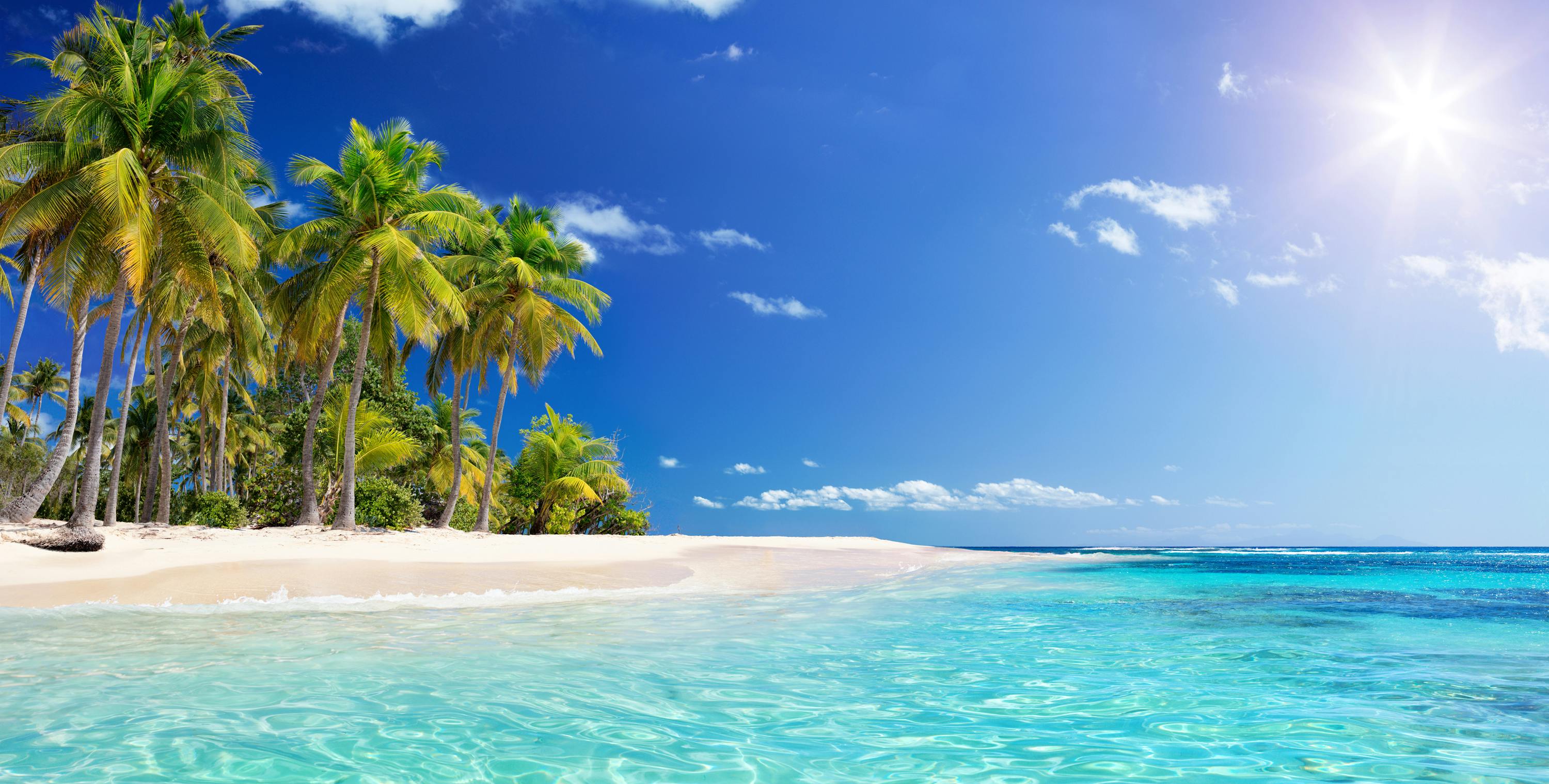Everything You Need to Know About a Cruise in the Caribbean
Ah, the Caribbean. The endless beaches and dazzling waters. The tropical vibes and warm, welcoming people. These islands intoxicate with a legendary siren song, which is why people are so excited to sail the Caribbean.
I fell in love with the region during the decade I edited Caribbean Travel & Life magazine. During my tenure, I visited nearly every tourist island in the region, most of them multiple times. I even went to Quadriki Cave. Never heard of it? Read on for a guide to help you choose your best cruise itinerary to this popular vacation playground.
Where, exactly, is the Caribbean?
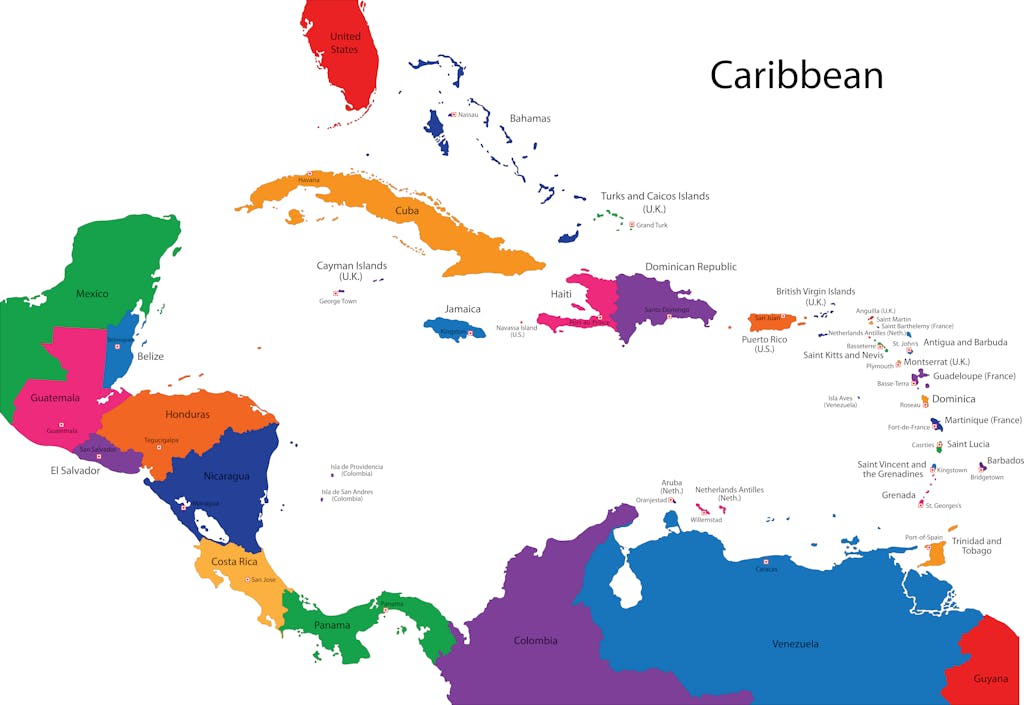
A tropical sea region, the Caribbean sprawls more than 1 million square miles between the North and South American continents. It’s made up of more than 7,000 islands, reefs and cays — which is why it’s so popular to sail the Caribbean. It’s also bordered by a dozen countries in Central and South America that claim Caribbean coastlines.
The islands alone include 13 sovereign countries (such as Barbados and Jamaica) and 19 overseas departments, dependencies and territories (such as Aruba, Martinique and the U.S. Virgin Islands). Although these islands stretch more than 1,500 miles from the Bahamas in the north to Trinidad in the south, only 2 percent are inhabited.
Some islands, in the Atlantic Ocean rather than the Caribbean Sea, are not technically in the Caribbean. But they’re traditionally included in the region for tourism purposes. These include the Bahamas and the Turks and Caicos, which sprawl slightly east and south of Florida, and Bermuda, which is 600 miles off North Carolina.
Among the mainland countries that border the Caribbean Sea, some boast their own tourist hotspots, such as Cozumel, Mexico, and Cartagena, Colombia, both visited by Silversea cruises.
What does it mean to visit the Caribbean?
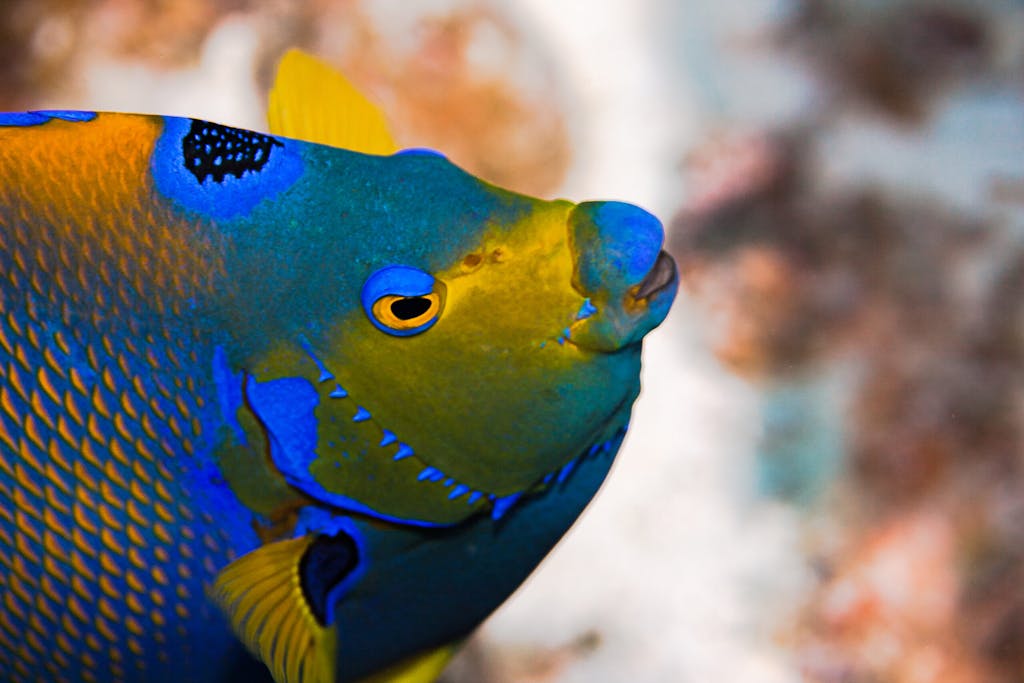
Famed for its eternal sunshine tempered by cooling trade winds, the Caribbean enjoys a climate that’s one of its main calling cards, especially when it’s more traditional winter elsewhere.
But the region offers much more: Prize-worthy beaches, those seductive bathing beauties, beckon in seemingly infinite shapes and sizes from private pocket coves to long, languid strands fringed with swaying palms. Meanwhile, pristine waters draw water-sports lovers including snorkelers, scuba divers, sailors, water skiers, wind surfers and anglers.
The region is also a haven for other natural attractions: jungle-swathed mountains, lush rainforests, gushing waterfalls and mangrove reserves. You can hike wooded trails, watch whales or birds, witness bioluminescence, bathe in cascades, kayak in lagoons, explore caves, and immerse yourself in stunning natural beauty alive with tropical flora and fauna.
Some islands are mountainous and volcanic with varied terrain, such as Dominica, Martinique and St. Lucia; others are flat and coral, offering great beaches, such as Antigua, Bermuda and Bonaire.
Culture, too, provides a cornucopia of experiences as varied as the islands themselves. When you’re ready to skip the beach and the Crayola-colored landscape, consider some cultural enrichment expressed in music, art, dance, food, festivals and architecture.

Like the brilliantly colored tropical flowers that adorn the Caribbean, many nationalities left their imprint on the islands. The region claims plantation great houses, museums, forts and historic neighborhoods, which include 16 UNESCO World Heritage culture sites spread across nine islands. Many are the legacy of the colonial powers — Spanish, French, British, Dutch and Danish — that once ruled the islands. Enslaved African people added their vivid cultural threads to this multihued tapestry, expressed in the region’s food, music, dance, art and storytelling.
To delve into the colonial past, wander the narrow cobblestone streets of Old San Juan, Puerto Rico. Visit centuries-old plantation houses in Barbados and Jamaica. Marvel at the massive stone fortresses of La Fortaleza in San Juan or Brimstone Hill in St. Kitts, considered the Gibraltar of the Caribbean. Admire the 17th-century Dutch architecture of Willemstad, Curaçao, a candy-colored version of Amsterdam.

This colonial heritage blended with Indigenous and African traditions to produce the region’s tantalizing, melting-pot cuisine that bursts with flavor as intense as the tropical sun. You can sample mouth-searing hot sauces and aromatic marinades, fruity rum drinks and fiery spice rubs, earthy soups and tempting confections. Exotic tropical ingredients, such as ackee, breadfruit, carambola, Caribbean yams, cassava, conch, pigeon peas, plantain and sorrel, show up in fine-dining restaurants, beachfront shacks and eye-catching markets on every island.
Music is an ever-present refrain throughout the Caribbean, permeating everyday life like the sea breezes. More than 20 genres have emerged from the region. Listen for them spilling out of doorways and windows, from stages and concert venues, and in festivals and restaurants.

Major musical types include calypso and soca (Trinidad and Tobago); reggae, ska and dancehall (Jamaica); cumbia (Caribbean Colombia); salsa and reggaeton (Puerto Rico); tumba (Aruba, Bonaire, Curaçao) and zouk (Guadeloupe, Martinique). You’re also likely to hear the distinctive sound of steelpans — born in Trinidad and Tobago and considered the only major musical instrument invented in the 20th century — on many islands.
Why take a Silversea Caribbean cruise?

With as many islands to consider as palms swaying in the tropical breeze, a cruise offers a great way to experience several of them in a single trip (bucket list, anyone?). A cruise on Silver Nova, or one of Silversea’s other luxury ships, provides an island sampler: Antigua, Barbados, Bermuda, Martinique, Puerto Rico, St. Barts, St. Kitts, St. Lucia and St. Thomas. Besides enjoying the attractions of each island, such an itinerary will help you decide which islands you would like to return to for a longer visit.
When should I visit the Caribbean?
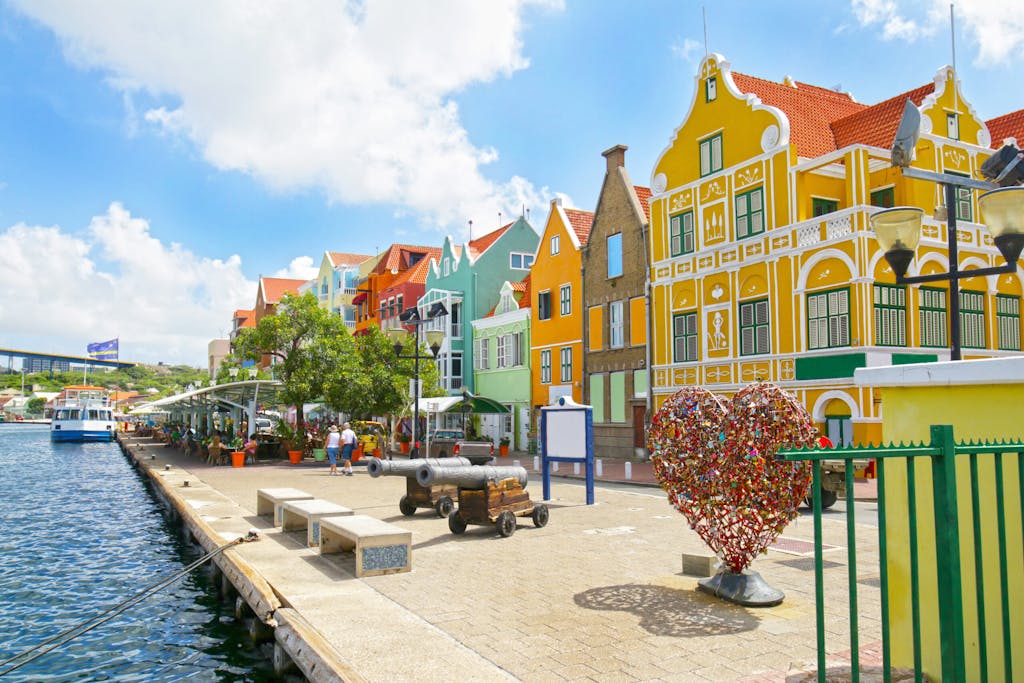
The Caribbean has two seasons: wet and dry. Despite a year-round tropical climate, the best time to visit is December to May, the drier, cooler months. You can count on sunny days, blue skies and low humidity with average highs of 82 degrees Fahrenheit.
The warmer rainy season is May and November, though tropical showers tend to be short-lived — what the locals call “liquid sunshine.” Rainforest-laden mountainous islands such as Dominica, Jamaica, Guadeloupe and St. Lucia get significantly more rain than flatter ones such as Aruba, Barbados, Bonaire and Curaçao.
Hurricane season lasts from June through November; the stormiest months tend to be August and September. Modern storm tracking, however, usually enables ships to re-route to avoid bad weather. The southernmost islands — Aruba, Barbados, Bonaire, Curaçao, Tobago and Trinidad — sit outside the “hurricane belt” and rarely experience storms.
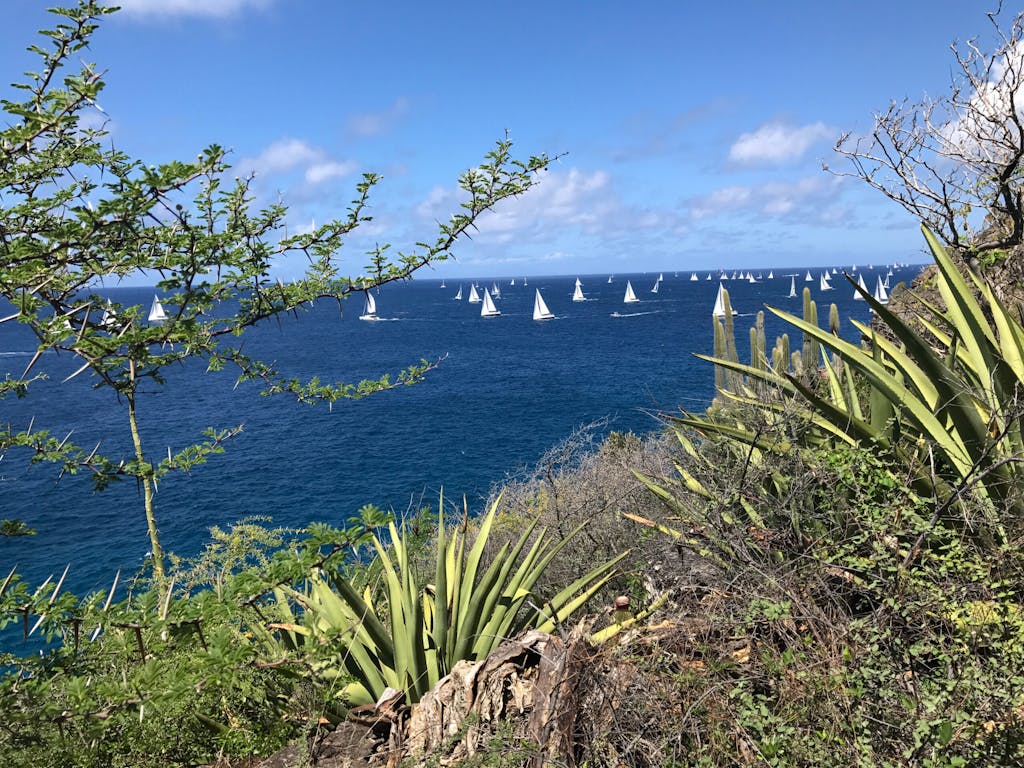
Apart from the weather, the region’s calendar is packed with fun events year round. West Indians know how to party, and they cut loose at annual festivals that showcase their vibrant traditions. Consider yourself lucky if your cruise coincides with one of these major events: Trinidad and Tobago Carnival (pre-Ash Wednesday), Aruba Carnival (pre-Ash Wednesday), Antigua Sailing Week (late April), St. Lucia Jazz and Arts Festival (May), Vincy Mas, St. Vincent and the Grenadines (June and July); and Barbados’ Crop Over Festival (July to August).
What are the hottest months in the Caribbean?

Although the Caribbean’s tropical climate ensures warm weather year round, the summer brings the hottest temps. From July through September, the heat and humidity intensify, and the mercury can reach the low 90s. But cooling trade winds can alleviate those highs in many islands. (The winds are so strong in Aruba that the native divi-divi trees grow sideways.)
If you’re especially sensitive to heat, choose shore excursions that avoid it and include air-conditioned vehicle tours, indoor shopping or museum visits, or water-based activities.
Top destinations to consider
Spanish-influenced destinations
Spain was the first colonizing country in the Caribbean and left its imprint early on. That lingering influence can be seen in the Silversea destinations of Cartagena, Puerto Rico and the Mexican island of Cozumel, where Spanish remains the primary language.
Cartagena, Colombia
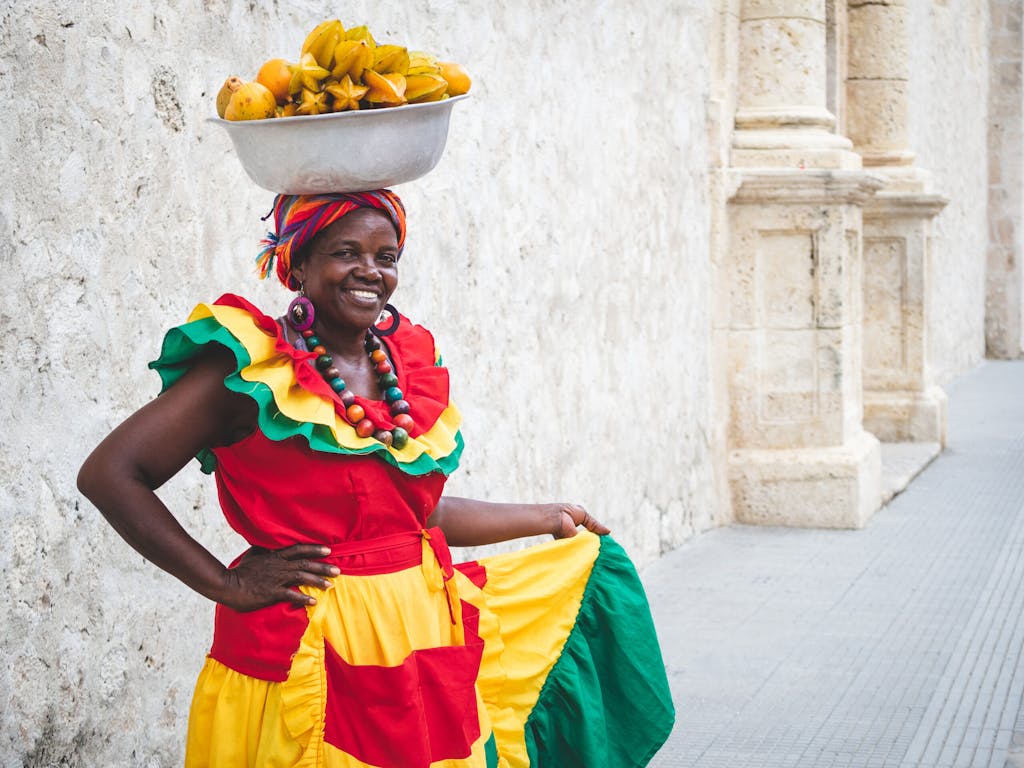
Linger on gorgeous beaches of bleached-white sand. Sway to the Afro-Colombian music pulsing seemingly out of every open doorway, and watch traditionally clad couples sashay to the cumbia, Colombia’s rhythmic national dance. Bask in the sheer sensuality of this romantic city, as magical as the novels of adopted son Gabriel García Márquez, who lived and worked here.
Cartagena, on Colombia’s Caribbean coast, is a sultry beauty, sporting handsome historic buildings and seven miles of ancient limestone walls and fortifications. Once the crown jewel of the Spanish Main through which the riches of colonial Spain poured, Cartagena oozes history nearly from every street corner and bougainvillea-draped balcony.
San Juan, Puerto Rico
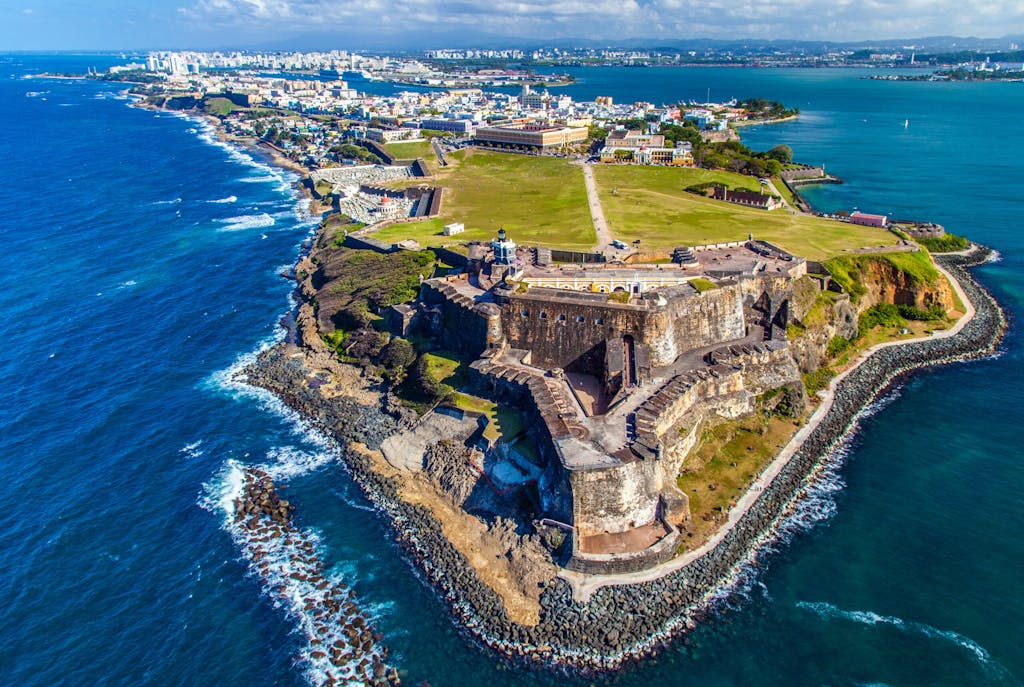
This U.S. territory has it all: rich history and culture, beautiful beaches and mountains, and spirited, welcoming people.
Stroll the cobblestone streets of historic Old San Juan, with its colonial-era houses, churches and convents, some now reborn as boutiques, restaurants and hotels. Admire some of the grandest forts in the New World: El Morro (officially Castillo San Felipe de Morro) and Castillo San Cristóbal as well as La Fortaleza, now used as the governor’s residence.
Bask on one of nearly 300 beaches — from talcum-white to tawny gold — lining 270 miles of coastline. Feast on lechón asado (roast suckling pig), bacalaítos (codfish fritters) and mofongo (mashed, fried green plantains with pork and garlic), all accompanied by a signature piña colada, which was born here.
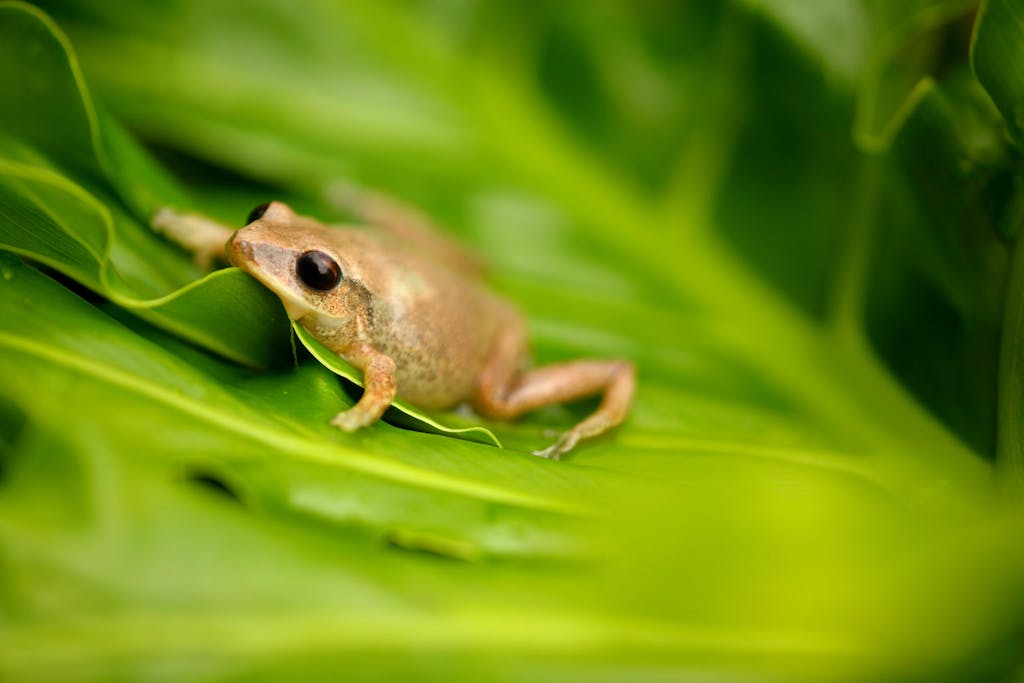
Amble the cobblestone streets and alleyways of Old San Juan, a UNESCO World Heritage Site, to admire the beautifully ornamented, balconied and arcaded buildings that once housed viceroys and colonists. Clamber over the ramparts of the 16th-century El Morro, built to keep pirates at bay. Visit the butter-yellow cathedral and cool colonial convents.

Cascade in El Yunque, Puerto Rico’s national forest./Shutterstock
Explore rugged volcanic mountain ranges; rivers and waterfalls; bioluminescent bays; and karst country honeycombed with sinkholes and caverns. Hike the 28,000-acre Caribbean National Forest, known as El Yunque, the only tropical rainforest in the U.S. National Forest System, and listen for the insistent sound of the coquí, a tiny frog and Puerto Rican symbol whose name comes from its onomatopoeic call: “co-KEE.”
French-influenced islands
French customs, culture and language are alive and well in the French West Indies: French St. Martin, Guadeloupe, Martinique and St. Barts, all still part of France. In fact, Martinique (the beautiful port of Trois-Îlets is a new-to-Silversea port in winter 2025-26) and Guadeloupe form overseas departments of France, with the same political status as their counterparts in the mainland. What’s more, these islands use the euro as their official currency.
French St. Martin and St. Barts

Experience authentic French joie de vivre on the French side of the dual-nation island of St. Martin/Sint Maarten and in tiny St. Barts.
On these chic, upscale islands, nibble freshly baked baguettes from the local boulangeries, and linger over Parisian-worthy meals. Stroll the sun-drenched rues, and shop for designer fashions, artisanal chocolates and luxury goods straight from France.
Strut your stuff on some of the Caribbean’s prettiest white-sand strands — some small enough for two — where going topless is as common as seashells on a seashore. Embrace your inner Francophile over a café au lait at a breezy seaside café, seemingly transplanted from the Côte d’Azur.
Guadeloupe and Martinique
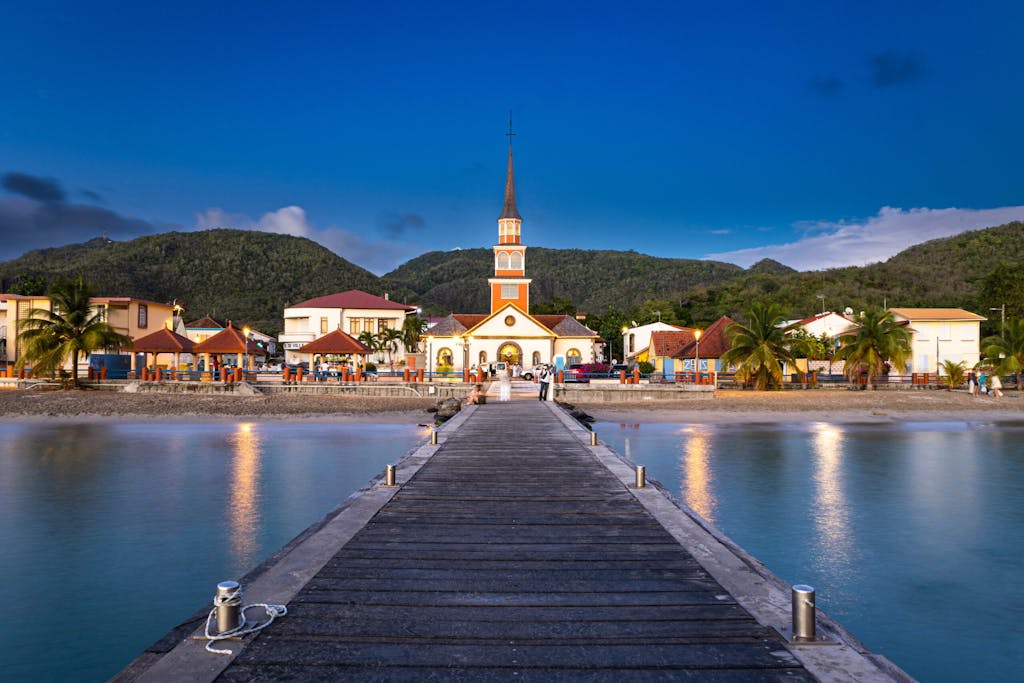
On these much larger volcanic islands, Carib, East Indian and African influences have colored the essential Frenchness with their varied palettes.
Nowhere is that more delectable than in the islands’ unique cuisine, a spicy Creolized version of France’s famous gastronomy.
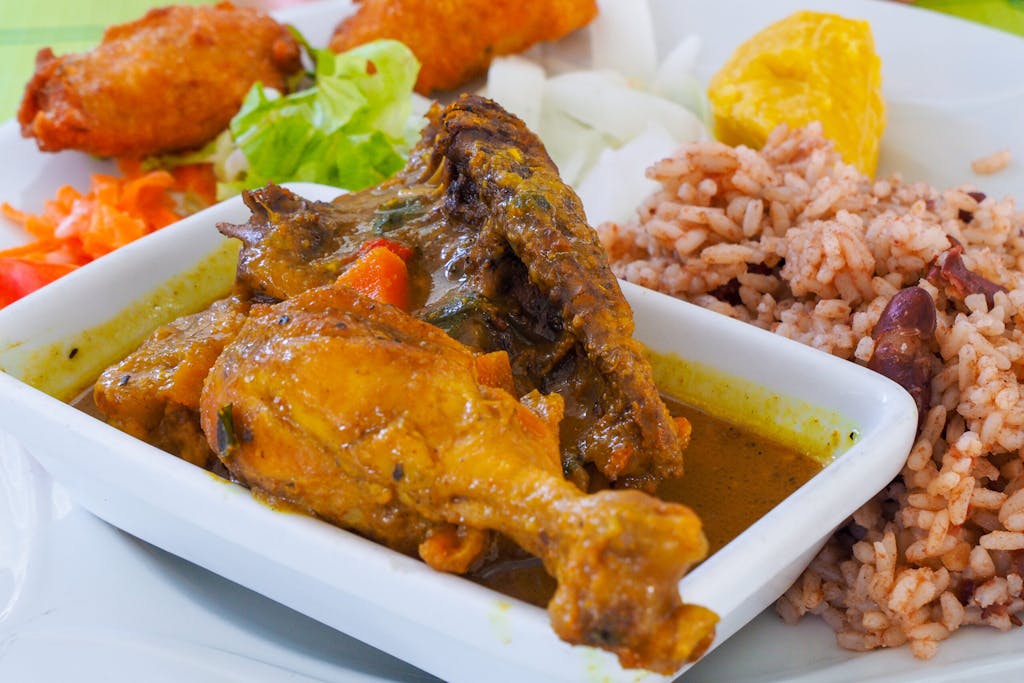
You’re as likely to savor boudin noir (blood sausage), colombo (curried meat) and crabes farcis (stuffed crab) as foie gras and coq au vin — paired with a primo French wine, of course.
This cultural blend, adapted to the tropical clime, is also evident in the Antillean Creole spoken here, a melodious mix of French and African languages, and in the gingerbread cottages that fleck these islands, marked by their French dormer windows, lacy fretwork and vivid Caribbean colors.
Nature’s exuberance takes center stage. Take rugged Martinique (birthplace of Napoleon’s wife, Josephine). Its abundance of brilliant tropical flowers inspired its Carib name, Madinina, which means “Island of Flowers.”
Fully two-thirds of Martinique is designated protected parkland, which includes 27 trails as varied as a 30-minute walk or a grueling nine-hour hike up still-smoldering Mount Pelée volcano. If you prefer less strenuous pursuits, try one of the lovely beaches, which vary from volcanic black to honey gold.
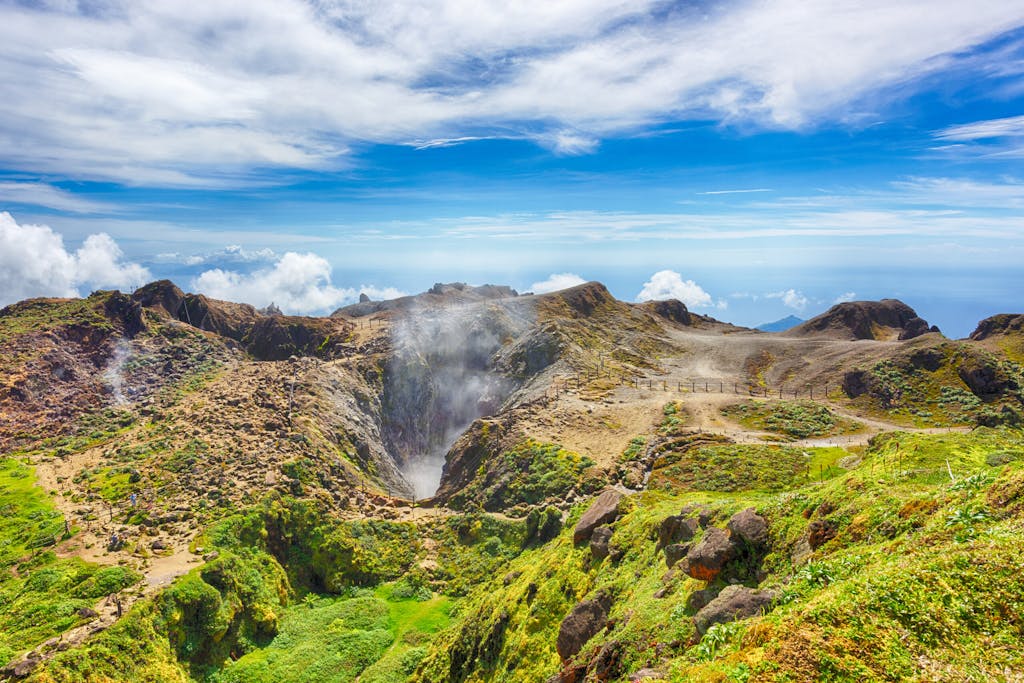
Butterfly-shaped Guadeloupe will also appeal to naturalists. It’s actually two parts: mountainous Basse-Terre on the west and flatter Grande-Terre on the east. It’s laced with rainforests, gorges, rivers, mangroves, hot springs and some of the tallest waterfalls in the Caribbean.
Then there is the brimstone-belching 4,800-foot La Soufrière volcano, its headline attraction. You can soak in hot springs heated from the heart of the volcano and cool off in two waterfalls nearby.

Guadeloupe’s offshore islands, called Les Saintes (which Silversea visits), are a mini-archipelago of nine off-the-grid isles. On the main island, bistro-lined Terre-de-Haut (population 1,500), you can loll on sugary beaches or hike up to hilltop Fort Napoleon for panoramic views of dreamy Les Saintes Bay, where crisp-white sailboats speckle the azure sea.
British-influenced islands
Cricket and left-hand driving. The King’s English and the parliamentary system. Parish churches and royal police bands.
These legacies from Mother England linger in the many British Commonwealth countries of the Caribbean, which include Antigua and Barbuda, Barbados, Dominica, Grenada, Jamaica, St. Kitts and Nevis, St. Lucia, St. Vincent and the Grenadines, and Trinidad and Tobago, as well as the British Overseas Territories of Bermuda, the British Virgin Islands, Montserrat, and Turks and Caicos. (Although the U.S. Virgin Islands were originally under British rule, Denmark took over from 1754 until 1917, when the United States bought them.)
Silversea visits all of these islands on its various itineraries, so you can expect to experience some of this heritage during port calls.
Antigua and Barbuda

Beaches, beaches and more beaches. This twin-island nation counts one for each day of the year, from immaculate white to pretty in pink.
But Antigua (an-TEE-gah) has another claim to fame. Because of its central location and perfect Falmouth Harbour, it was the center of British naval presence in the Caribbean. That legacy remains in the island’s most famous attraction: Nelson’s Dockyard, built in 1725.
This is the world’s only Georgian-era dockyard and was once led by Adm. Horatio Nelson. This UNESCO World Heritage Site is still in use today, attracting nautical fans, especially during the Sailing Week Regatta in late April/early May.
Its Dockyard Museum displays fascinating maps, prints, antique navigational instruments and Nelson’s own telescope.
Follow a nature trail from here to lookout spots with dramatic views of forested inlets, hilltop forts and crumbling sugar mills that recall the island’s notorious sugar trading past.
Barbados
Barbados may be small, but it stands tall and proud among its Caribbean siblings. Start with Bridgetown, its lively UNESCO-listed capital lined that boasts stately colonial buildings, excellent restaurants, duty-free shops and its own Trafalgar Square.
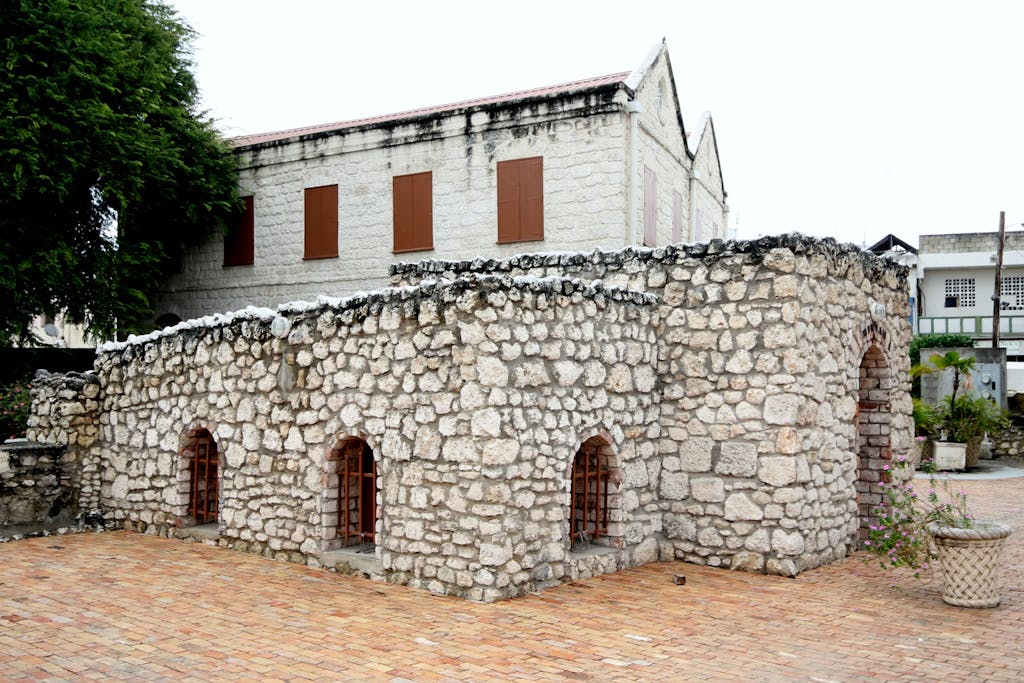
The island has the world’s third oldest parliament and one of the best literacy rates in the world at 97%. Nidhe Israel, its lone synagogue is one of the oldest in the Americas, dating to 1654. Rare Jacobean-style plantation mansions — Drax Hall and St. Nicholas Abbey (open to the public) — recall the sugar industry’s past.
And notably, Barbados is the birthplace of rum, that quintessential Caribbean spirit so emblematic of the region. You can tour the Mount Gay distillery, founded in 1703, which produces the oldest brand of rum in the world.
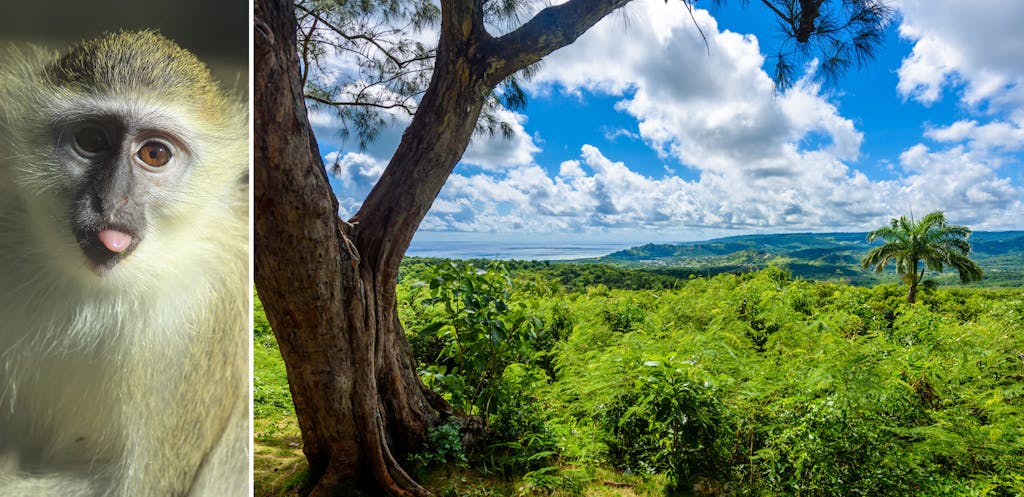
Barbados features an abundance of natural assets too: pristine powdery beaches (those on the east coast are wild and tourist-free), glistening azure waters, and gardens galore. Playful green monkeys, imported from Africa, scamper through the verdant foliage of the Barbados Wildlife Reserve.
Six shallow wrecks for diving, adorned with brilliant tropical fish, adorn Carlisle Bay Marine Park. Harrison’s Cave astonishes with its coral stone stalactites and stalagmites aglow in the cavern’s lights. And the flying fish, uniquely, is the island’s national dish, served with requisite cornmeal-and-okra cou cou.
Bermuda
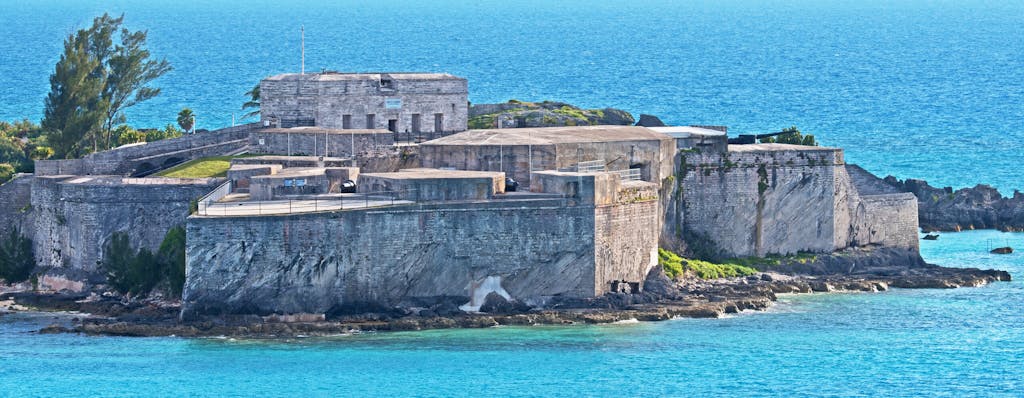
Twenty-one square miles of pinch-me pink sand and balmy turquoise water, Bermuda is a beach lover’s dreamscape.
When you’ve had enough of the sand, you can delve into history, experience the island from the water and chill at a seaside eatery with a classic Bermuda fish sandwich (fried fish between slices of raisin bread slathered with tartar sauce) or at a pub with a signature drink: a Dark and Stormy (rum, ginger beer and lime) or a Rum Swizzle (rum, fruit juice, grenadine and bitters).
Check out the array of forts dating to the early 1600s — Fort Scaur, Fort Hamilton and Fort St. Catherine — which protected the island from pirates, smugglers and foreign enemies. Stroll Hamilton, the historic waterfront capital lined with pastel-pretty buildings, tony shops, great restaurants and head-swiveling art installations.

Head out onto the water on a catamaran cruise or glass-bottom boat, or take a ferry tour around the island’s perimeter. Dive or snorkel in the shallow reefs teeming with marine life. Back on land, whack a ball in the highest concentration of golf courses per square mile in the world.
Dominica
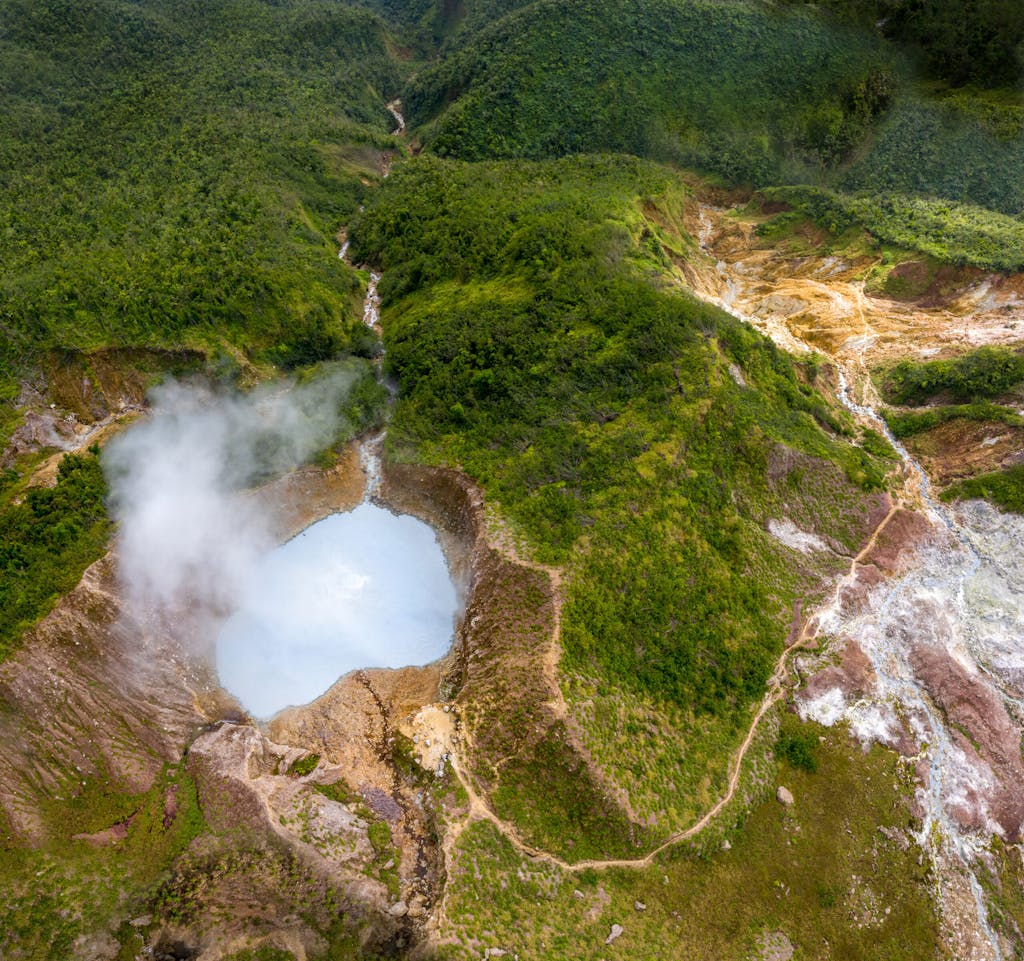
A Caribbean eco-tourism superstar, Dominica lives up to its slogan “The Nature Island.” In fact, they say its soil is so fertile that if you stand still long enough something will grow on you.
Outdoor lovers can climb towering green mountains, explore pristine tropical rainforests, admire wondrous waterfalls, hike through an active volcanic caldera to the world’s second-largest boiling lake, and trek a 115-mile national trail, the longest in the Caribbean.
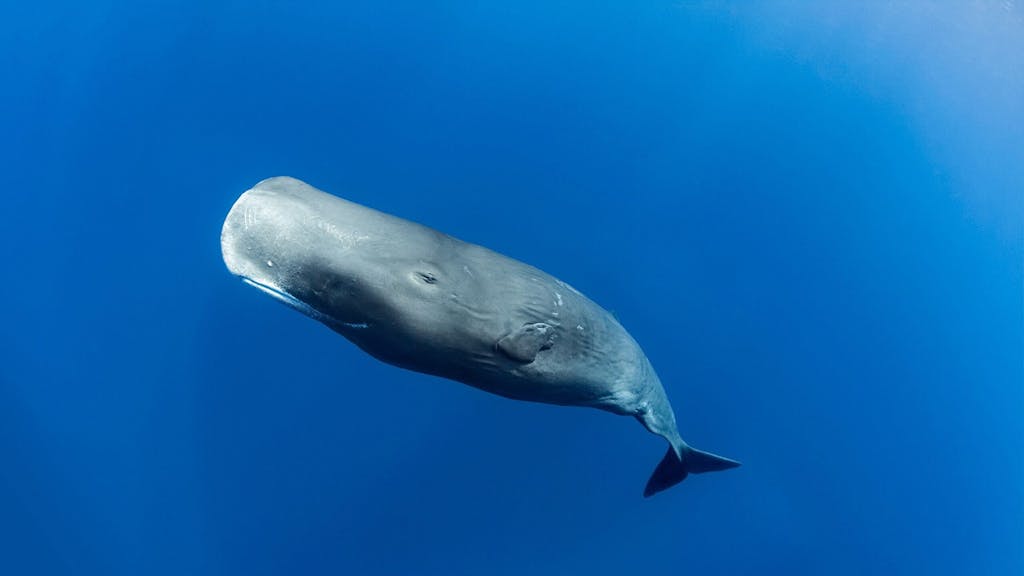
Visitors may spot many of the 197 species of birds, including two endemic parrots — the imperial and the red-necked — and four species of iridescent hummingbirds. In the surrounding waters, they can search for 16 species of sea mammals — especially the mammoth sperm whale, star of “Moby Dick.” No wonder Dominica has earned the title “Whale Watching Capital of the Caribbean.”
Dominica has two botanical gardens: the 40-acre Dominica Botanic Gardens and the 14-acre Papillote Tropical Gardens, where begonias, bromeliads, gingers, heliconia and indigenous orchids form a lavish natural tapestry.
St. Lucia
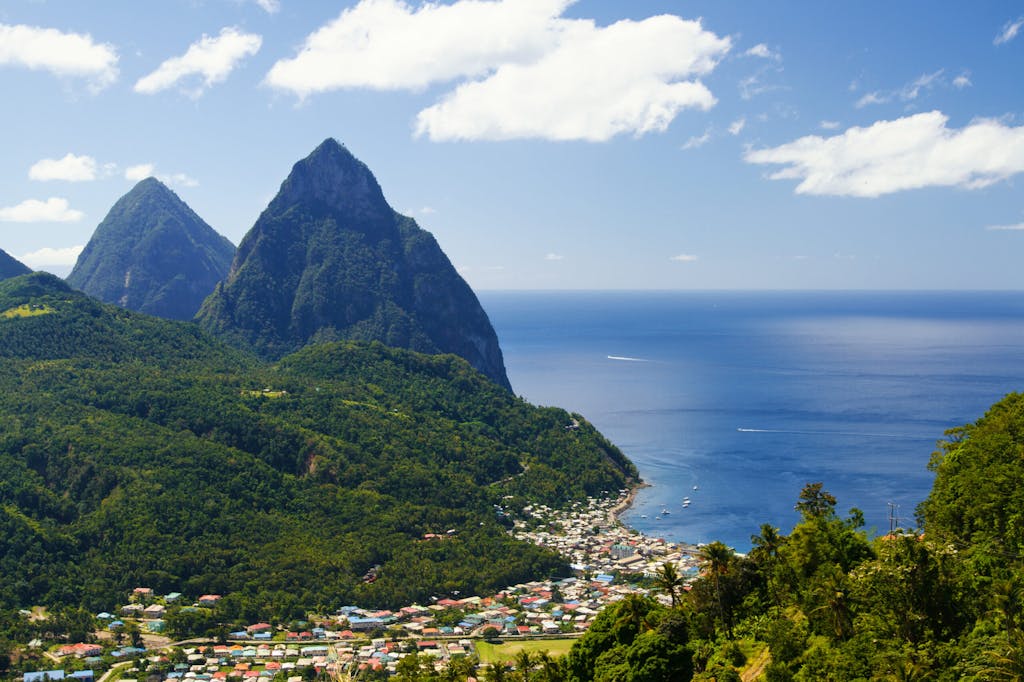
The only sovereign nation to be named for a woman, St. Lucia (LOO-sha) is such a physical dazzler that St. Lucian Nobel Laureate Sir Derek Walcott was inspired to say, “There’s beauty, and then there is St. Lucia.”
Part of that allure comes from the island’s dramatic landmarks: the twin peaks of Petit Piton and Gros Piton. Covered with dense tropical vegetation, these volcanic spires rise 2,600 feet out of the sea like giant green gumdrops.
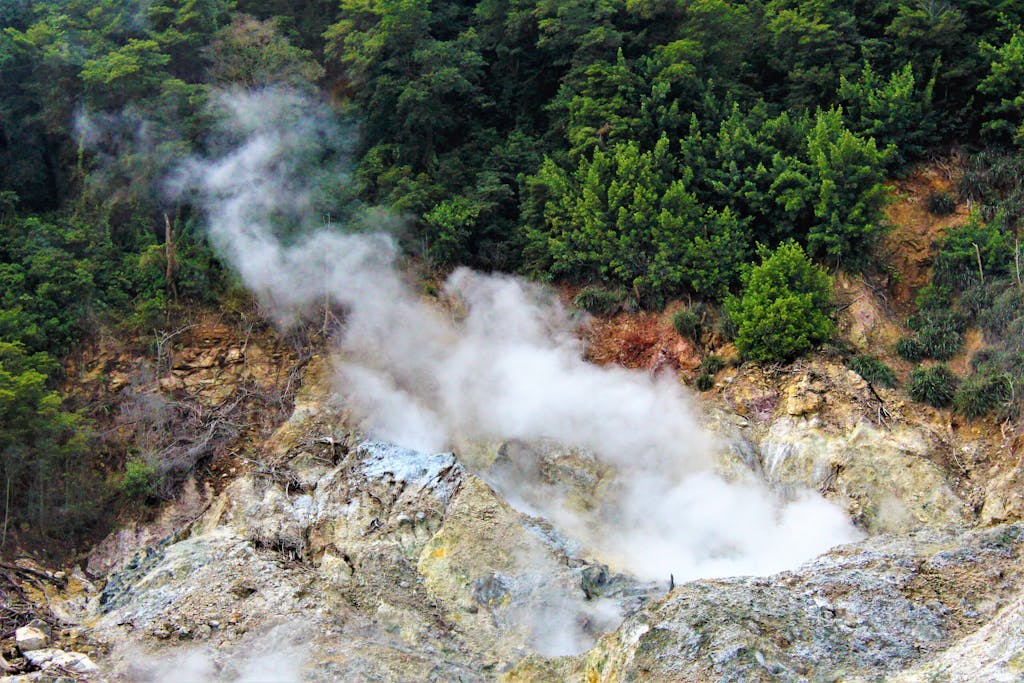
More natural beauty awaits in 19,000 acres of rainforests, hidden waterfalls (try nature’s own hydro massage), botanical gardens, marine reserves with reefs, walls and wrecks, and pristine golden beaches. As if that weren’t enough, St. Lucia also boasts the world’s only “drive-in” volcano, the dormant sulfur-scented Soufrière, where you can soak in nearby mineral-rich thermal pools. (Your skin will thank you.)
Although now part of the British Commonwealth, the island flip-flopped between French and British rule 14 times in the 150 years before the British took over in 1814. That explains the French influences that linger: the lilting French-African Creole language and such place names as Gros Ilet, Vieux Fort and Grande Anse.
The island also exudes a strong West Indian identity, where village fish fries, street party “jump-ups” and Caribbean sounds — including calypso, reggae, soca and zouk — rule the social scene. And where the cuisine features Creole specialties such as conch stew; accras (saltfish fritters); and the national dish of green figs (bananas) and saltfish (salted cod) along with an ice-cold Piton beer.
Dutch-influenced Islands
Dutch heritage sits gently on the southern islands of Aruba, Bonaire and Curaçao, known as the ABC islands, as well as the Dutch side of dual-nation Sint Maarten/St. Martin. They’re still part of the motherland, the Kingdom of the Netherlands. (Aruba and Curaçao are constituent countries.)
Their currencies maintain their Dutch roots: In Curaçao and Sint Maarten, it’s the Antillean guilder; in Aruba, it’s the Aruban florin. (Bonaire’s currency is the U.S. dollar.) Dutch remains the official language, along with Papiamento — a mashup of Dutch, Spanish, Portuguese and African languages — in the ABCs.
You can shop for blue-and-white Delftware pottery. Enjoy tangy Dutch cheeses in the signature keshi yena (Edam cheese stuffed with olives, meat and raisins) and pastechi (fried pastry filled with cheese or meat), washed down with an icy Heineken, of course. And Instagram the colorful gable-roofed architecture, a throwback to the old country, in all three ABCs.
Aruba

Despite its flat, desert landscape, Aruba lives up to its official motto, “One Happy Island,” as a lively, friendly place. It’s hard not to feel upbeat here, which has more sunny days than any other Caribbean island; enviable wide, talcum beaches (Eagle Beach is a perennial winner) and a calendar filled with festivals, parties and carnivals.
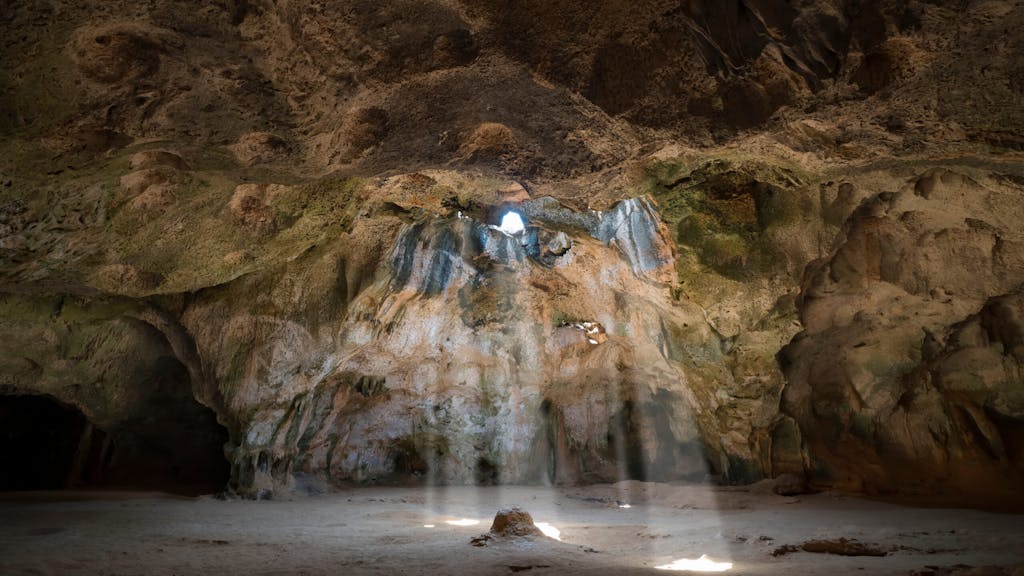
Looking for night action? Twelve casinos have earned Aruba the name “Las Vegas of the Caribbean.” Plus, steady trade winds make it a windsurfing magnet while the Arikok National Park, covering almost 20 percent of the land, boasts caves (including the photogenic Quadriki Cave), Indian rock drawings and natural pools.
Bonaire

Nature has also blessed Bonaire with head-turning beaches, sometimes speckled with showy wild flamingos as pink as some of the sand. But the main claim to fame is the legendary underwater world; the entire island is a protected marine park.
When visitors tire of diving or snorkeling among those gorgeous coral reefs, they can visit salt flats, count cactuses (which outnumber people) or go spelunking in one of 400 caves. Looking for a memorable souvenir? Pick up a bottle of Kadushi (also spelled Cadushy) cactus liqueur (but mind the rules for taking liquor into the country you’re returning and the rules for carrying it on an airplane).
Curaçao
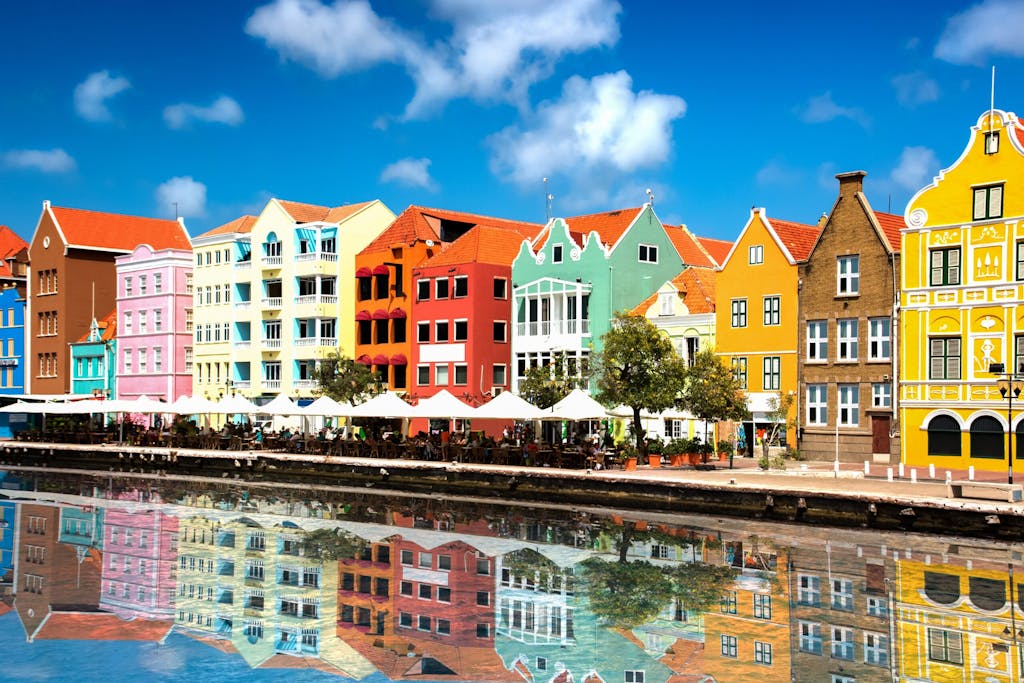
Best known for the orange-peel liqueur bearing the same name, Curaçao claims a postcard-worthy UNESCO-listed capital, Willemstad, showcasing traditional Dutch architecture in jellybean colors. Along with the highest bridge in the Caribbean (not for the faint of heart), the vibrant downtown offers great shopping, dining, nightlife — and eye-popping street art.
Curaçao stands out in another way: a Jewish community that dates to the first Jewish immigrants who arrived in 1651. It’s now home to the oldest continually used synagogue in the Americas, Mikvé Israel-Emanuel, whose sand floor is a reminder of the 40 years the biblical Jews spent wandering the desert.
Like its sibling islands, Curaçao is mostly dry and desert-like, where rocky roads lead to wild cliff-sheltered beaches. More placid white-sand strands encircle the island, counterpointing the ocean’s 50 shades of blue.
Ready to sail the Caribbean? These relaxing Silversea itineraries can take you to multiple islands for a week or longer.
